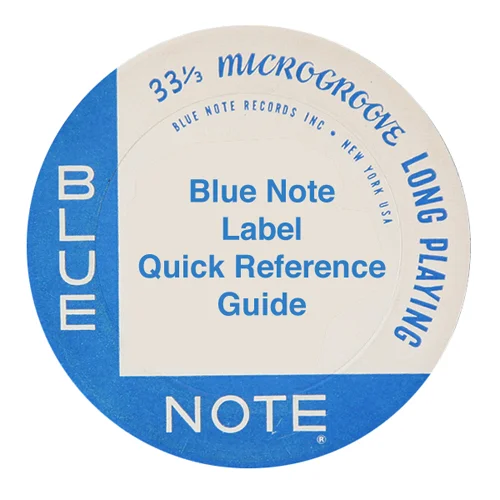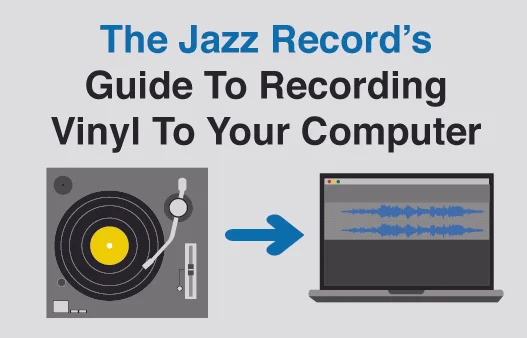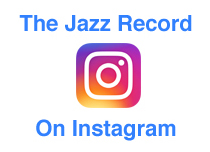Wardell Gray - "Memorial, Volume One"
/Wardell Gray • Memorial, Volume One • 195? • Prestige PRLP 7008
Recorded November 1949 (NYC), April 1950 (Detroit) & February 1953 (Los Angeles)
The Selections:
The Players:
Wardell Gray - Tenor Saxophone (All Tracks)
Group 1:
Al Haig - Piano (A1 - A4)
Tommy Potter - Bass (A1 - A4)
Roy Haynes - Drums (A1 - A4)
Group 2:
Phil Hill - Piano (A6, A7, B5, B6)
Johnny Richardson - Bass (A6, A7, B5, B6)
Art Mardigan - Drums (A6, A7, B5, B6)
Group 3:
Frank Morgan - Alto Saxophone (B1 - B4)
Teddy Charles - Vibes (B1 - B4)
Sonny Clark - Piano (B1 - B4)
Dick Nivison - Bass (B1 - B4)
Larry Marable - Drums (B1 - B4)
The Tracks:
A1. Twisted
A2. Easy Living
A3. Southside
A4. Sweet Lorraine
A5. Sinner Kissed An Angel
A6. Blue Gray
A7. Grayhound
B1. So Long Broadway
B2. Paul's Cause
B3. The Man I Love
B4. Lavonne
B5. A Sinner Kissed An Angel
B6. Treadin'
The Record:
I came across this one recently in the jazz bins at my local record shop, and while the cover looked familiar I was not at all familiar with the playing or story of Wardell Gray. My first instinct, and a good one as it turns out, was to check the label and - bingo! - it was a vintage yellow "fireworks" pressing. Whether the music turned out to be worthwhile or otherwise, the label pretty much sold me on picking up the record for the measly asking price of $13, I mean how could I pass up an vintage mid-1950's Prestige album? As it turns out, a few needle drops on the store's turntable convinced me that this LP was going to be some fun listening, whether it turned out to be an original or not.
Wardell Gray is an interesting figure (to say the least), a rising star on the tenor until his mysterious death at the young age of 34. He was discovered in the desert on the outskirts of Las Vegas, dead from a broken neck, suspected by some to be the result of foul play, but nothing was ever proven. Prior to his untimely demise, Gray had made his name with the big bands of Earl Hines and Benny Carter, and later with The Benny Goodman Sextet. He was well regarded enough that he began to record some sessions under his own name, much of that music is collected on this album. Also included here is music Gray recorded with the Teddy Charles West Coasters, a sextet that marked the recording debut of both Frank Morgan, and one of my all-time favorites, Sonny Clark.
The music is all excellent modern jazz made in that post-swing period when cool jazz was coming into it's own. The eight quartet tracks (the first set of which feature the great Roy Haynes on the drums) show off Gray's deep full tone - reminiscent of Lester Young - and it is obvious when you hear his confident soulful style why he was so well regarded before his untimely demise. The first quartet session was recorded while Gray was with Goodman, while the second quartet was made with session players in Detroit. The four tunes with the Teddy Charles group allow Gray to stretch out a bit more in the sextet setting. Due to my penchant for the vibes, I am partial to the Charles' tracks, but I am throughly enjoying all the sides.
These recordings are from the late-1940's and early-1950's and as such they are all shorter in length than those from the blowing sessions that would become so popular later in the decade. I don't think any of the tracks are over five minutes long. This makes for a nice change of pace for me, as much of my jazz listening tends towards the longer length tracks of hard bop and electric jazz. But, as they say, variety is the spice of life.
The Vinyl:
I'm going to need a little help on identifying my pressing. It has the fantastic yellow and black "fireworks" label with the N.Y.C. address, so it is definitely an early pressing, but my copy replaces the ubiquitous "Hi Fi" notation with "Remastered by Van Gelder" on the right side of the spindle hole. I have seen a couple copies on eBay with the "Hi Fi" go for a bundle of money ($443) whereas equivalents of mine have gone for a lot less ($68), so would this copy be a "second" pressing? We are only talking semantics here, with the N.Y.C. address this copy still dates from 1955-1958 and is a thick and heavy deep groove pressing that sounds amazing.
One interesting thing to me is the use of the term "Remastered" on the label and back cover credits. I was under the impression that remastering was something that began in the 1970's and especially the 1980's when CDs and cassettes became popular. Obviously I was very wrong. It is cool to see that Rudy Van Gelder was tapped to do the remastering on these recordings (I'd love to hear and compare the "un-remastered" versions - if they even still exist somewhere), although not surprising since he was the house engineer for Prestige.
The vinyl has "RVG" and "PRLP-7008-A" and "PRLP-7008-B" hand-etched into the runoff, as well as the mysterious "7E" hand-etched there as well.
The cover is in good shape other than the dreaded tape adorning the top and left seams, in this case it is even worse than usual as it happens to be masking tape. Overall, it's not too bad and doesn't distract when the album is displayed while it's playing on the turntable. The liner notes are decent, although it is interesting that it contains information on the tracks that are contained on Memorial, Volume One and Memorial, Volume Two. This seemed to have been a trend for a while, as it happens on some other compilation LPs I have from that period, such as the two LP sets The Eminent Jay Jay Johnson Vols. 1 & 2 and The Amazing Bud Powell, Vols. 1 & 2.
Left to Right: Conte Condoli, Frank Morgan, Wardell Gray At Recording Session For "Norman Granz Presents" In Los Angeles, March 1955. (Photo Credit - Roy Avery)
Final Thoughts:
This album sums up what is so great about collecting records: digging through the bins and finding a vintage pressing of an album that you've never heard before and it turns out to be an excellent and exciting listen. I couldn't be happier with picking this one up and recommend the music of Mr. Gray to any and all fans of modern jazz music.












